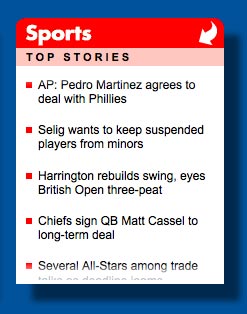Following on from Steve Harrison’s excellent two-part guide on news numeracy, ‘How to: get to grips with numbers as a journalist’, here’s a round-up of some of the best online tools and sites for journalists when reporting figures and stats:
- By uploading text or tables you can create simple piecharts to more complex maps or bubble charts. There are also options for text-based visualisations.
- For creating charts try:
- Using a spreadsheet in Google Docs – you can highlight a table of data and select from a range of simple 2d and 3d graphs and charts.
- Online spreadsheet service Zoho Sheet (looks similar to Google Docs and requires registration, but claims to allow integration with Microsoft Powerpoint and Excel)
- Fusion Charts – for creating interactive, flash charts
- Everything you could ever want to know – and more – about using Excel spreadsheets for data analysis and number crunching.
- Can be used to track multiple sets of data and present them in a combination of charts, lists and graphics.
- Helpful lists
- Journalism trainer Mindy McAdams has a great round-up of data visualisation resources, including this list of 175+ data and information visualization examples and resources.
- 10,000 words offers some inspirational infographics and a ‘how to’ on creating charts.
Any other tools that you use? Let us know and we’ll add them to the list.
 The Independent’s version
The Independent’s version